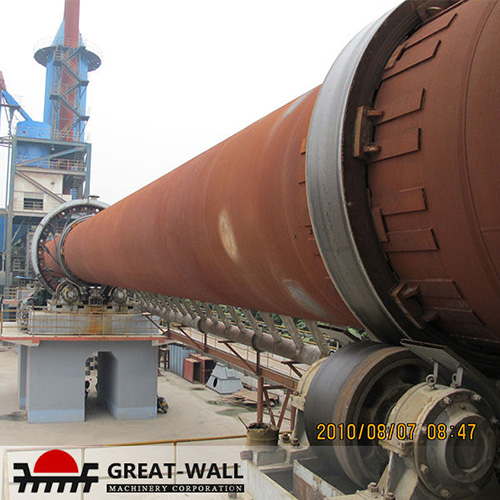The Maintenance of Rotary Kiln Tyre
Weekly inspections are mostly a review of what has been happening with conditions such as the axial thrust of the kiln, the shell temperature, bearing temperatures and the general conditions of the kiln. One item that needs to be recorded on a minimum of a weekly basis is the creep of the kiln tyres. Creep is the relative movement of the tyre versus the kiln shell. Because the tyre ID is larger than the diameter of the kiln shell (and support pads), the tyre does not migrate the same distance circumferentially as the shell. This difference in movement is referred to as tyre creep.

Another area to check on a weekly basis is the condition of the kiln tyres, support rollers and retaining blocks/stop blocks on each pier of the kiln. Wear patterns will sometimes develop on the surfaces of tyres and support rollers and can be an early warning sign of possible mechanical conditions on the kiln. Dark colouration across the face of a support roller is an indication of excessive thrust of this support roller. When a support roller has very little individual thrust as a result of how it is adjusted, it will normally have a bright shine to the face of the support roller. When a support roller has a very dark face across the wearing surface, it is an indication of excessive thrust on this support roller.
One of the most common wear problems on the majority of kilns is the thrusting of the tyre against the retaining/stop blocks holding the tyre in place. This condition is the result of misalignment present between the shell and the tyre, the tyre and the roller, and/or the structural base of the pier top. In some cases it can be a combination of these three components. When this type of condition exists, it is important to monitor the wear rate of the retainer/stops to determine if the misalignment is excessive.
